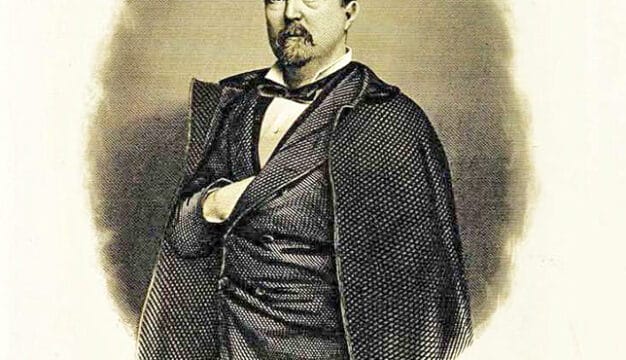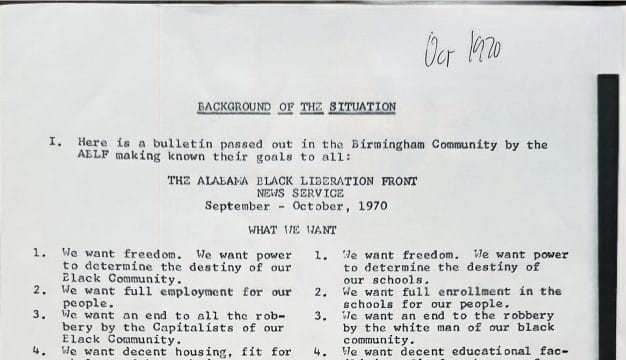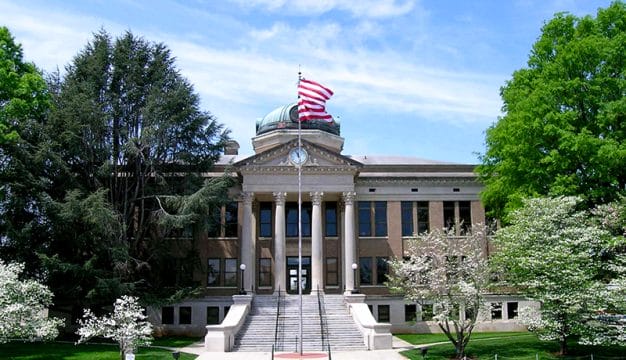Fred Gray
Fred Gray (1930- ) is a prominent Alabama civil rights attorney whose clients have included Martin Luther King Jr., Rosa Parks, and the victims of the Tuskegee Syphilis Study. When he opened his Montgomery law office in 1954, Gray was one of the few African American attorneys in the state. His career blossomed in the context of the civil rights movement, as he played a pivotal role in dismantling legal segregation in the state.
 Fred Gray
Gray was born in the Washington Park section of Montgomery on December 14, 1930, to Abraham and Nancy Jones Gray. He was a gifted child who entered his aunt’s first-grade class at Loveless School at the age of five. After he completed the seventh grade, his mother insisted that he attend the Nashville Christian Institute (NCI), a boarding school operated by Churches of Christ for African Americans. The Grays were devout members of Montgomery’s Holt Street Church of Christ, and Gray’s mother dreamed that her youngest son would become a preacher. Gray excelled at NCI. He was selected as a student representative, or “boy preacher,” to accompany the school’s president, Marshall Keeble, on fundraising tours. Despite being African American, Keeble was the most popular preacher within the predominantly white denomination, and Gray honed his speaking skills under his tutelage. He completed his coursework early and enrolled in Alabama State College shortly before he turned 17.
Fred Gray
Gray was born in the Washington Park section of Montgomery on December 14, 1930, to Abraham and Nancy Jones Gray. He was a gifted child who entered his aunt’s first-grade class at Loveless School at the age of five. After he completed the seventh grade, his mother insisted that he attend the Nashville Christian Institute (NCI), a boarding school operated by Churches of Christ for African Americans. The Grays were devout members of Montgomery’s Holt Street Church of Christ, and Gray’s mother dreamed that her youngest son would become a preacher. Gray excelled at NCI. He was selected as a student representative, or “boy preacher,” to accompany the school’s president, Marshall Keeble, on fundraising tours. Despite being African American, Keeble was the most popular preacher within the predominantly white denomination, and Gray honed his speaking skills under his tutelage. He completed his coursework early and enrolled in Alabama State College shortly before he turned 17.
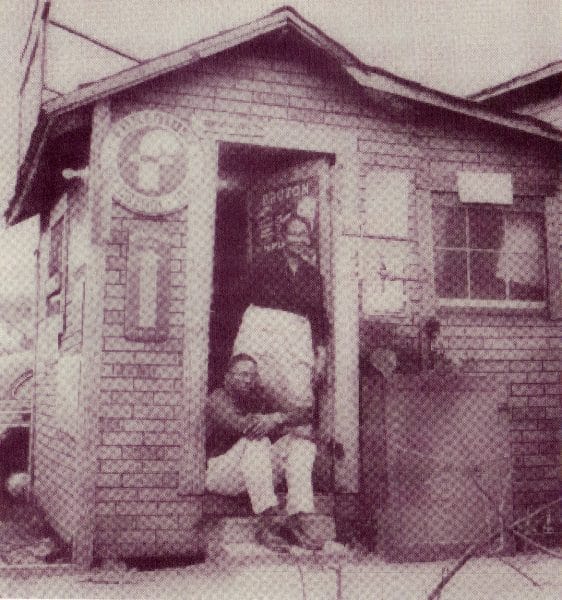 Fred and Nancy Jones Gray, ca. 1950
Although he intended to become a history teacher and preacher, a faculty mentor at Alabama State pressed Gray to enter law school. After gaining entrance to Cleveland’s Western Reserve University Law School (now Case Western Reserve University), Gray privately pledged to return to Montgomery and fight the city’s segregation laws. At the age of 23, Gray came back to Montgomery, ready to keep that pledge. After Rosa Parks refused to relinquish her bus seat on December 1, 1955, the young Gray, who shared lunch with Parks earlier that day, became her attorney. Despite Gray’s efforts, Parks was convicted of disorderly conduct and violating a civil ordinance. During the famous bus boycott that followed, Gray served as a legal advisor to the Montgomery Improvement Association, and he was lead counsel in Browder v. Gayle, the 1956 case in which the Supreme Court upheld lower court decisions prohibiting segregation on city buses. That same year, Gray married Bernice Hill, with whom he would have four children.
Fred and Nancy Jones Gray, ca. 1950
Although he intended to become a history teacher and preacher, a faculty mentor at Alabama State pressed Gray to enter law school. After gaining entrance to Cleveland’s Western Reserve University Law School (now Case Western Reserve University), Gray privately pledged to return to Montgomery and fight the city’s segregation laws. At the age of 23, Gray came back to Montgomery, ready to keep that pledge. After Rosa Parks refused to relinquish her bus seat on December 1, 1955, the young Gray, who shared lunch with Parks earlier that day, became her attorney. Despite Gray’s efforts, Parks was convicted of disorderly conduct and violating a civil ordinance. During the famous bus boycott that followed, Gray served as a legal advisor to the Montgomery Improvement Association, and he was lead counsel in Browder v. Gayle, the 1956 case in which the Supreme Court upheld lower court decisions prohibiting segregation on city buses. That same year, Gray married Bernice Hill, with whom he would have four children.
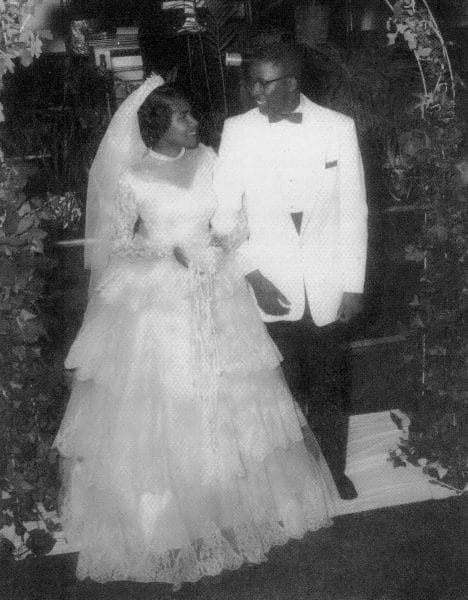 Fred Gray and Bernice Hill
The bus boycott launched Gray’s career, as other civil rights activists and organizations sought his services. After state attorney general John Patterson effectively outlawed the National Association for the Advancement of Colored People (NAACP) from Alabama in 1956, Gray provided legal counsel to the organization until it was again permitted to operate in the state eight years later. When state officials charged Martin Luther King Jr. with tax evasion in 1960, Gray was a member of the defense team that won an acquittal from the all-white jury. As student sit-ins proliferated across the South in 1960, nine students from Alabama State College were expelled for participating, and Gray successfully argued that they were denied due process and equal protection of the law. Gray also filed a class-action lawsuit on behalf of African Americans who sought permission to march from Selma to Montgomery in March 1965, and the court subsequently ordered the state to protect the marchers.
Fred Gray and Bernice Hill
The bus boycott launched Gray’s career, as other civil rights activists and organizations sought his services. After state attorney general John Patterson effectively outlawed the National Association for the Advancement of Colored People (NAACP) from Alabama in 1956, Gray provided legal counsel to the organization until it was again permitted to operate in the state eight years later. When state officials charged Martin Luther King Jr. with tax evasion in 1960, Gray was a member of the defense team that won an acquittal from the all-white jury. As student sit-ins proliferated across the South in 1960, nine students from Alabama State College were expelled for participating, and Gray successfully argued that they were denied due process and equal protection of the law. Gray also filed a class-action lawsuit on behalf of African Americans who sought permission to march from Selma to Montgomery in March 1965, and the court subsequently ordered the state to protect the marchers.
Gray litigated cases that went before the Supreme Court. In the 1960 case Gomillion v. Lightfoot, Gray convinced the high court that a 1957 act of the Alabama legislature was unconstitutional. As an increasing number of African Americans registered to vote in Tuskegee, white officials there convinced the legislature to redraw the city’s boundaries. The new city limits excluded most African Americans, thereby preventing them from voting in city elections; even Tuskegee Institute fell outside of the new boundaries. The court’s ruling derailed other efforts throughout the country to dilute African American votes through racial gerrymandering.
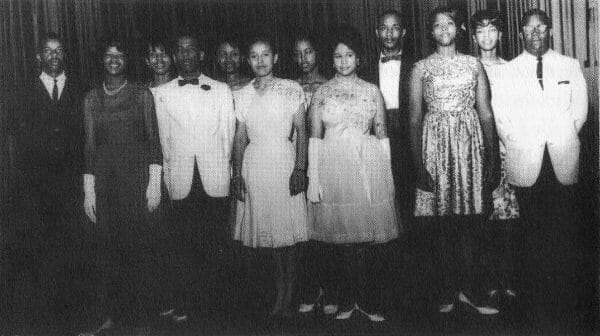 Plaintiffs in Lee v. Macon County Board of Education
Perhaps Gray’s most significant contribution to the state was his pursuit of school integration. Gray helped represent Vivian Malone and James Hood in their efforts to attend the University of Alabama, leading to Gov. George Wallace‘s “stand in the schoolhouse door,” and he was also the plaintiff’s attorney in Franklin v. Auburn, which desegregated Auburn University and allowed Harold A. Franklin to matriculate as a graduate student. On January 28, 1963, Gray filed Lee v. Macon County Board of Education, and as a result of this case, the court issued an order in 1967 that integrated all of Alabama’s educational institutions that were not already under court orders. Lawsuits filed by Gray eventually desegregated all public colleges and universities in the state, as well as more than 100 local school systems.
Plaintiffs in Lee v. Macon County Board of Education
Perhaps Gray’s most significant contribution to the state was his pursuit of school integration. Gray helped represent Vivian Malone and James Hood in their efforts to attend the University of Alabama, leading to Gov. George Wallace‘s “stand in the schoolhouse door,” and he was also the plaintiff’s attorney in Franklin v. Auburn, which desegregated Auburn University and allowed Harold A. Franklin to matriculate as a graduate student. On January 28, 1963, Gray filed Lee v. Macon County Board of Education, and as a result of this case, the court issued an order in 1967 that integrated all of Alabama’s educational institutions that were not already under court orders. Lawsuits filed by Gray eventually desegregated all public colleges and universities in the state, as well as more than 100 local school systems.
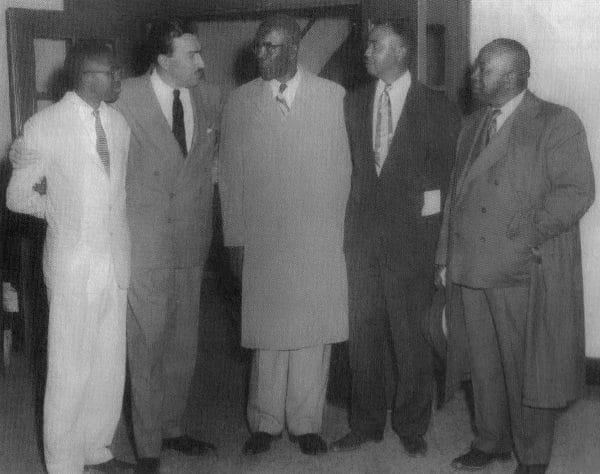 Gray with Adam Clayton Powell Jr.
Although much of Gray’s legal work attacked segregation, he was also an attorney for the victims of the Tuskegee Syphilis Study. In 1932, the United States Public Health Service began a study of the effects of untreated syphilis on more than 600 African American males in Macon County. Participants were never told that they were part of the study, simply believing that they were receiving proper medical treatment, nor were they given penicillin to cure the disease. After the study became public in 1972, Gray filed a lawsuit against Alabama and the U.S. Public Health Service that was settled in 1975 for $10 million and medical treatment.
Gray with Adam Clayton Powell Jr.
Although much of Gray’s legal work attacked segregation, he was also an attorney for the victims of the Tuskegee Syphilis Study. In 1932, the United States Public Health Service began a study of the effects of untreated syphilis on more than 600 African American males in Macon County. Participants were never told that they were part of the study, simply believing that they were receiving proper medical treatment, nor were they given penicillin to cure the disease. After the study became public in 1972, Gray filed a lawsuit against Alabama and the U.S. Public Health Service that was settled in 1975 for $10 million and medical treatment.
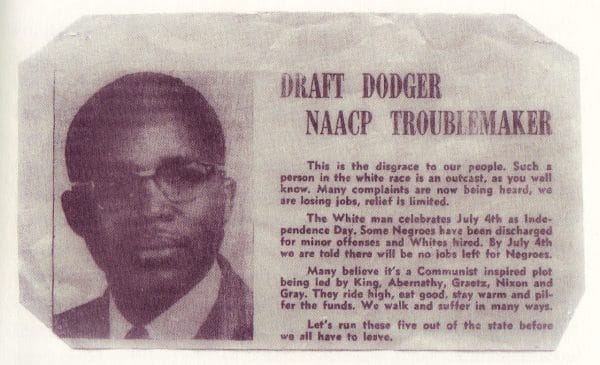 Fred Gray “Smear Sheet”
Although Gray is best known for his legal career, he also fulfilled his mother’s dream. In 1957, he agreed to be the full-time preacher for Montgomery’s Newtown Church of Christ, and he served in that capacity until he moved to Tuskegee in 1973. After moving to Tuskegee, he helped organize the merger of the city’s black and white Churches of Christ in 1974. In addition to these roles, Gray briefly ventured into politics. After narrowly losing a bid for a legislative seat in 1966, he was elected in 1970 as a state representative for a district that included Barbour, Bullock, and Macon Counties. Gray, along with Thomas Reed, who was also elected that year, became the first African Americans to serve in the Alabama legislature since Reconstruction.
Fred Gray “Smear Sheet”
Although Gray is best known for his legal career, he also fulfilled his mother’s dream. In 1957, he agreed to be the full-time preacher for Montgomery’s Newtown Church of Christ, and he served in that capacity until he moved to Tuskegee in 1973. After moving to Tuskegee, he helped organize the merger of the city’s black and white Churches of Christ in 1974. In addition to these roles, Gray briefly ventured into politics. After narrowly losing a bid for a legislative seat in 1966, he was elected in 1970 as a state representative for a district that included Barbour, Bullock, and Macon Counties. Gray, along with Thomas Reed, who was also elected that year, became the first African Americans to serve in the Alabama legislature since Reconstruction.
Throughout his career, Gray has received numerous awards and honors. In 1985, he served as president of the National Bar Association, and in 1996, he received the Spirit of Excellence Award from the American Bar Association. In 2002, he became the first African American president of the Alabama Bar Association. Gray also has served on the board of trustees for Southwestern Christian College, a historically black college affiliated with the Churches of Christ, and on the board of the Alabama Department of Archives and History. As of 2007, Gray serves as president of the Tuskegee Human and Civil Rights Multicultural Center, a nonprofit corporation for the purpose of housing a permanent memorial on behalf of the participants in the Tuskegee Syphilis Study. The center also serves as a museum to educate the public on the contributions made by various ethnic groups in the fields of human and civil rights. In 2017, he joined the ranks of South African political and civil rights leader Nelson Mandela, U.S. president Jimmy Carter, and humanitarian Mother Teresa in being awarded a Lifetime Service Award from HOPE International, a worldwide humanitarian and relief organization. On October 26, 2021, the city of Montgomery renamed West Jeff Davis Avenue “Fred D. Gray Avenue” in honor of the civil rights icon who grew up on the street. He was awarded the Presidential Medal of Freedom, the nation’s highest civilian honor, in recognition of his civil rights legacy by Pres. Joseph Biden on July 7, 2022.
Further Reading
- Gray, Fred. Bus Ride to Justice: Changing the System by the System: The Life and Works of Fred Gray. 1994. Reprint, Montgomery: NewSouth Books, 2002.
- ———. The Tuskegee Syphilis Study: The Real Story and Beyond. Montgomery: NewSouth Books, 1998.
- Key, Barclay. “Race and Restoration: Churches of Christ and the African-American Freedom Struggle.” Ph.D. diss., University of Florida, 2007.
- Norrell, Robert J. Reaping the Whirlwind: The Civil Rights Movement in Tuskegee. New York: Alfred A. Knopf, 1985.
- Thornton, J. Mills, III. Dividing Lines: Municipal Politics and the Struggle for Civil Rights in Montgomery, Birmingham, and Selma. Tuscaloosa: University of Alabama Press, 2002.
